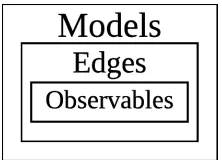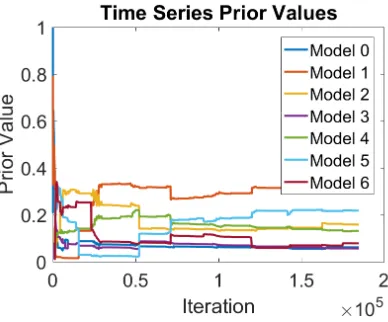Dynamic Model Generation and Classification of Network Attacks
Full text
Figure




Related documents
The URL generator part of the proposed neural network- based model for detection and classification of SQLi attacks has two components of “Benign URLs” and “Malicious URLs”,
The proposed model is di ff erent from existing approaches which typically use machine learning models built over lexical and distributional word vector features in that is uses
This paper uses genetic algorithm(GA) for feature engineering, in which most relevant features are extracted and classifies the documents using dynamic neural
Various types of malware are used to attack the network of an organization, but, here, in this paper we concentrate and formulate a dynamic model for the propagation of bots in
On the other hand, the constellation model represents target categories by probability functions that represent local features that describe the common regions 1 of objects in
Profiles Model allows us to represent two points of view: the first is the current state of the network environment (that is the existing services and resources consumed
where, b is the birth rate (new nodes attached to the network), d is the natural death rate , i.e; destroying of the computers because of the reason other than the attack of virus
We therefore propose a new network formation model, which creates and maintains links through localised pair-wise interactions caused by agent collisions in continuous time, and is





